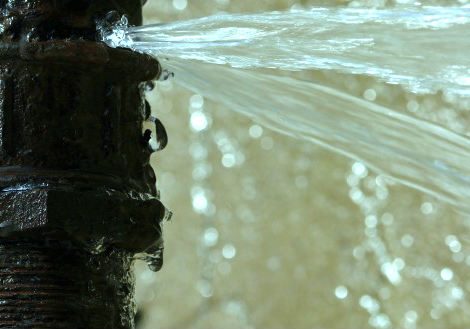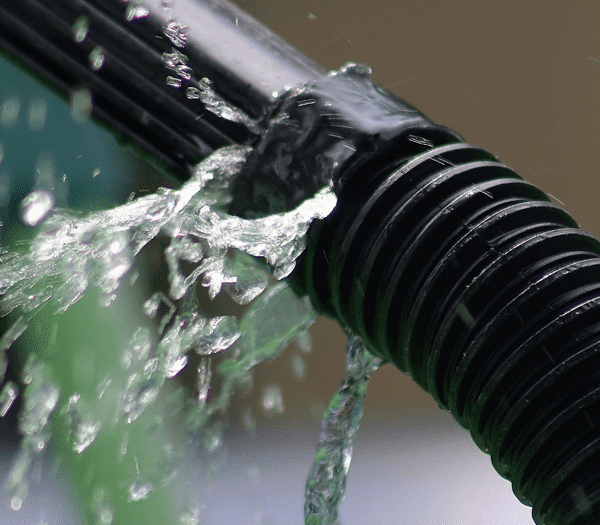What're your beliefs on How to Install and Connect a New Dishwasher?

A ruptured pipeline is a significant emergency; you can just stand as you view water you pay very much to reunite with the planet. In even worse situations, you observe a pool on your kitchen area floor, which is a fantastic trip hazard, especially if you have youngsters around. If the pipeline that ruptured was in your walls, bad news: you may require to paint that whole section.
How can a calamity like a ruptured pipeline be avoided and managed? Well, by paying attention to your expert emergency plumbings and also adhering to these guidelines.
How do I recognize when my pipes have burst?
Rising and fall water stress
Pipes do not simply burst in a day. You may have noticed that your cooking area faucet or shower doesn't run quickly when you turn the tap. It may pause for a few secs and after that blast you with more pressure than normal.
In other circumstances, the water may appear typical at first, after that drop in stress after a few secs.
Polluted water
Many people think a burst pipe is a one-way electrical outlet. Rather the contrary. As water spurts of the hole or tear in your plumbing system, contaminants locate their way in.
Your water might be contaminated from the resource, so if you can, inspect if your water container has any type of troubles. Nevertheless, if your alcohol consumption water is supplied and also cleansed by the local government, you ought to call your plumber quickly if you see or smell anything amusing in your water.
Puddles under pipelines and sinks
When a pipeline bursts, the discharge creates a puddle. It might appear that the pool is expanding in size, and also no matter the amount of times you mop the puddle, in a couple of minutes, there's an additional one waiting to be cleaned. Typically, you might not be able to map the pool to any kind of visible pipelines. This is a sign to call an expert plumber.
Damp wall surfaces and water stains
Prior to a pipeline bursts, it will leakage, the majority of times. If this persistent leaking goes undetected, the leakage might graduate into a large wound in your pipeline. One easy way to avoid this emergency is to keep an eye out for damp walls ad water spots. These water spots will certainly lead you right to the leakage.
Untraceable dripping noises
Pipe ruptureds can take place in one of the most undesirable places, like within concrete, inside walls, or under sinks. When your home goes quiet, you might have the ability to listen to an irritatingly relentless trickling sound. Also after you've checked your shower head and kitchen area faucet, the leaking might proceed.
Beloved viewers, the dripping may be coming from a pipe inside your walls. There isn't much you can do about that, except tell a professional plumber.
Turn up the Warm
Set up fans to blow warm into chilly spaces. Maintain the garage door shut. If you have actually minimized water circulation, warm one of the most prone pipelines (normally in cellars as well as crawl spaces or near outside wall surfaces) with a hair dryer. Leave the faucet on while you apply heat. As you melt ice, the flow will certainly boost. To avoid pipelines from cold, protect your walls.
Start Eliminating the Water
Grab the mop, buckets and also a store vacuum cleaner to begin to do away with the water since you definitely don't want it saturating right into whatever else in your home. Plus, a fast tidy up will certainly decrease the chances of something getting musty.
What do I do when I detect a ruptured pipe?
Your water meter will continue to run also while your water wastes. To lessen your losses, discover the main controls and transform the supply off. The water pipe are an above-ground structure at the edge of your property.
How to Fix & Detect a Leaking Pipe
How Do I Know if a Pipe is Leaking?
Leak detection tests can help you determine if your pipe has a leak. Even if you don’t see an apparent leak, you should still conduct leak detection tests regularly to save water and money—and prevent major damage to your home.
Water meter. It can be helpful to figure out what your usual water meter usage numbers are and then monitor them regularly. To monitor your meter, first, turn off all water faucets in your home. Check the meter and write down the numbers. In a few hours, check the meter again. If the numbers have changed, you have a leak. Water gauge. Use a water gauge to test your water pressure. Your showerhead should produce a certain amount of water pressure based on its model and design. If the pressure is lower than it is supposed to be for that specific showerhead, your home likely has a leak. Puddles. Look inside your bathroom, laundry, and kitchen sink cabinets. Puddles around the cabinets or around toilets, tubs, showers, and washing machines indicate the presence of a leaking pipe. You may also notice loose tiles, peeling or flaking paint, or mold caused by water accumulation. Napkin test. Even if you don’t see any puddles, you may still have a leak. You can test for water leaks in the bathroom, laundry, and kitchen by wiping below-sink connections with a napkin, paper towel, or piece of toilet paper. If it becomes damp, you probably have a leaking pipe under the sink. Discolored walls. Walls that are discolored—usually with brown or yellow stains—or bulging might mean that they have been impacted by water damage caused by a leaking pipe. Smell. A leaky pipe will create sitting water, and over time, that water may develop a musty smell. If your home smells musty, but you can’t locate the source, it may be due to a leak. Steps for Fixing a Leaking Pipe
A leaky drain can be remedied by tightening the pipe base, replacing the drain seal, caulking the rim, and tightening the pipe nut. Similarly, a leaking toilet pipe can be treated by tightening the packing nut. You may also need to replace the valve. A leaky faucet may just need tightening or replacement of the washers. If that doesn’t work, consider replacing your faucet. If your pipe has a hole in it, you may want to use a pipe leak sealer or pipe leak tape. This quick fix for water pipe leaks can also temporarily fix a copper pipe leak. https://www.ahs.com/home-matters/quick-tips/how-to-tell-if-pipes-are-leaking/

I was made aware of that write-up on How to Install and Connect a New Dishwasher through an acquaintance on our other web property. Do you know anybody else who is excited by the subject? Be sure share it. Bless you for your time. Don't hesitate to come visit our website back soon.
Request An Appointment